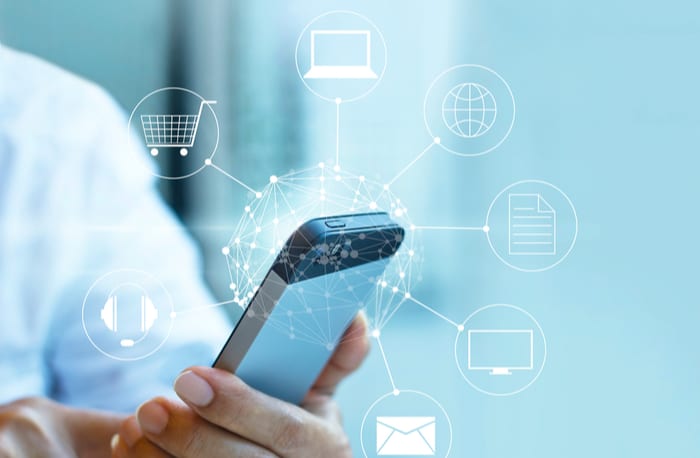
Ultrasonic data firm LISNR is getting a strategic investment from Visa to speed up expansion of its mobile payments, LISNR announced in a press release on Tuesday (Nov. 5).
LISNR uses ultrasound technology to provide a solution that lets merchants and payment providers accept mobile payment data anytime during the customer journey. The technology works with all types of purchase scenarios – including scan-and-go, store pickups and eCommerce – and can also be used for messages, authentication and identification.
“LISNR is a better method versus alternatives like NFC or QR codes for mobile payments globally; it decentralizes payment scenarios across a wide range of payment moments with advanced data protection, ability to transact at a distance and concurrent transactions – all which are designed to accelerate payments overall,” said Eric Allen, CEO of LISNR. “We are excited about our growing relationship with Visa and are looking forward to continuing to drive innovation in financial services.”
Founded in 2012, Cincinnati-based LISNR specializes in data-over-sound solutions as well as its ultrasonic platform. The company aims to make its solution the payment standard in 2020.
“The way in which people are paying for things will dramatically change,” Co-founder and Chief Commercial Officer Rodney Williams told CNBC. “This is a major validation and also a major market signal for the world of payments,” he said regarding the investment from Visa, which he called the “largest mobile wallet company in the world.”
In June, LISNR participated in the METRO Target Retail Accelerator, certified by Techstars. The opportunity gave LISNR an innovation boost via the collective effort of incubation.
“Most often, our tech is used to power payments and to enable moments along the customer journey,” LISNR Co-founder Chris Ostoich said at the time.
That could mean delivering messages to customers as they browse the aisles in-store, or enabling contactless payments via merchant-owned mobile wallets. A customer could verify buy online, pick up in-store orders and open smart lockers to retrieve eCommerce deliveries.
“For us, it’s always about digging in to understand our customers’ needs and mapping out their customer journey to determine all the touchpoints for our tech to live securely,” he said.